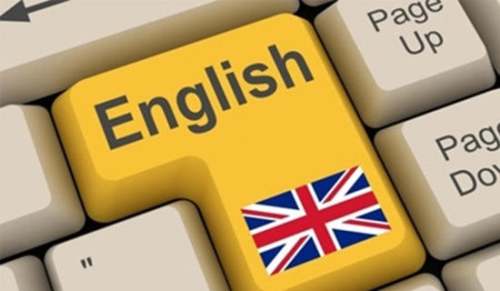- 相關推薦
商務英語寫作中標點符號的妙用
今天應屆畢業生網小編為大家帶來一些很實用的商務英語寫作中標點符號的妙用,希望大家喜歡,有興趣的同學一起來看看吧。

1. 句號 Period [.]
用以表示一個句子的結束:
Hockey is a popular sport in Canada.
The federal government is based in Ottawa.
用在縮寫中:
B.C. is the province located on the West Coast.
Dr. Bethune was a Canadian who worked in China.
The company is located at 888 Bay St. in Toronto.
It is 4:00 p.m. in Halifax right now.
2. 問號 Question Mark [?]
在句子的結尾使用問號表示是直接疑問句:How many provinces are there in Canada?
注意:在間接疑問句結尾不要加問號:
The teacher asked the class a question.
Do not ask me why.
3. 嘆號 Exclamation Mark [!]
在句子的結尾使用嘆號表示驚訝、興奮等情緒:
We won the Stanley Cup!
The forest is on fire!
4. 逗號 Comma
句子中的停頓:Therefore, we should write a letter to the prime minister.
在疑問句中引出說話人:"I can come today," she said, "but not tomorrow."
排列三個或以上的名詞:Ontario, Quebec, and B.C. are the three biggest provinces.
引出定語從句:Emily Carr, who was born in 1871, was a great painter.
5. 單引號 Apostrophe [’]
表示所有:This is David’s computer.
These are the player’s things. (things that belong to the player)
Note: 對于復數形式的名詞,只加’
These are the players’ things. (things that belong to the players)
縮寫I don’t know how to fix it.
6. 引號Quotation Marks ["]
直接引出某人說的話:
The prime minister said, "We will win the election."
"I can come today," she said, "but not tomorrow."
7. 冒號Colon [:]
引出一系列名詞:There are three positions in hockey: goalie, defence, and forward.
引出一個較長的引語:The prime minister said: "We will fight. We will not give up. We will win the next election."
8. 分號Semicolon [;]
將兩個相關的句子連接起來:The festival is very popular; people from all over the world visit each year.
和逗號一同使用引出一系列名詞:The three biggest cities in Canada are Toronto, Ontario; Montreal, Quebec; and Vancouver, B.C.
9. 破折號Dash [-]
在一個句子前作總結:Mild, wet, and cloudy - these are the characteristics of weather in Vancouver.
在一個子的前面或后面加入額外的注釋:The children - Pierre, Laura, and Ashley - went to the store. Most Canadians - but not all - voted in the last election.
表示某人在說話過程中被打斷:The woman said, "I want to ask - " when the earthquake began to shake the room.
10. 連字符Hyphen [-]
連接兩個單詞:sweet-smelling; fire-resistant
將前綴:anti-Canadian; non-contact
在數字中使用:one-quarter; twenty-three
【商務英語寫作中標點符號的妙用】相關文章:
商務英語寫作中訂單主題寫作技巧03-21
商務英語寫作中的合同英文03-13
商務英語中銷售信函的寫作技巧03-18
商務英語寫作中的表達觀點的手法03-18
商務英語寫作句型03-21
商務英語寫作套話02-20
商務英語寫作經典句型01-22
考研英語寫作標點符號的用法03-18
商務英語書信寫作03-29